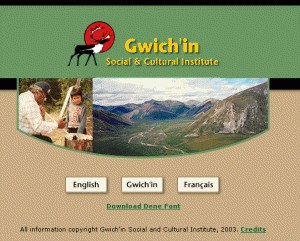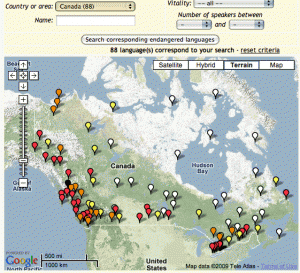National Standards
Unlike many nations, Canada doesn’t have a national strategy for education. That’s because the federal government doesn’t have any jurisdiction over education; it handed those rights over to the provinces as part of the terms of Canadian Confederation. Hence, educational standards are set by the individual provinces/territories. As educators, many of us are probably already familiar with the various curriculum requirements for the province/territory where we live and work.
In recent years, some attempts have been made by various provincial/territorial governments to streamline certain core curriculums from across several geographic regions into one common protocol. This is probably as close as we’ll ever come to creating national standards.
The Western and Northern Canadian Protocol Aboriginal Languages Project is one example of how cooperation between different provinces/territories can lead to the development of a common curriculum for all.
Click here to download a pdf copy of the WNCP Framework
Click here for an interactive map that will link you with Aboriginal Languages and Cultures Websites from across Western Canada.
Visit the CMEC (Council of Ministers of Education Canada) for the latest developments about the status of education across Canada and from around the world.
The Government of Canada’s Aboriginal Canada Portal website has a variety of information related to Aboriginal Language, Heritage and Culture. The webpage has a Topics Menu with plenty of topics and links to other interesting websites.




